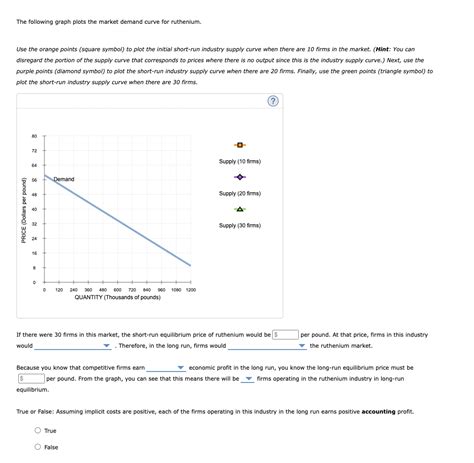Here’s a comprehensive article on Crypto, Market Maker, Circulating Supply, and Multichain:
“Unlocking New Frontiers in Cryptocurrency with Market Makers and Multichains”
The world of cryptocurrency has been experiencing rapid growth over the past decade, with new exchanges, wallets, and platforms emerging daily. One of the key players that have helped shape this industry is market makers. In this article, we’ll delve into the concept of market makers, their role in cryptocurrency markets, and how they contribute to the ecosystem.
What are Market Makers?
Market makers, also known as liquidity providers, are entities that facilitate trading by providing a platform for buyers and sellers to exchange securities or commodities. They act as middlemen, enabling individuals to trade assets that don’t typically move freely on their own. In cryptocurrency markets, market makers provide liquidity by buying and selling digital coins at prevailing prices.
How Do Market Makers Operate?
Market makers use various strategies to generate revenue, including:
- Mark-making
: They create a bid-ask spread between the buy and sell sides of the market, earning a profit from the difference.
- Takes: They charge fees for providing liquidity, which can include a commission on each trade.
- Liquidity provision: They act as an intermediary, matching buyers and sellers to minimize price discrepancies.
Role in Cryptocurrency Markets
Market makers play a vital role in cryptocurrency markets by:
- Increasing trading volumes: By creating liquidity, market makers encourage more traders to participate, leading to increased trading activity.
- Improving market efficiency: Market makers help to identify mispriced assets and adjust prices accordingly, ensuring that the market operates with greater efficiency.
- Providing risk management tools: By offering limited positions or stop-loss mechanisms, market makers can help mitigate potential losses for traders.
Circulating Supply: A Key Factor in Crypto Markets
The circulating supply of a cryptocurrency refers to the total number of coins in circulation, minus any held by exchanges and wallets. It’s essential to understand that circulating supply is not directly affected by market maker activity or trading volumes.
Multichain Ecosystems
Cryptocurrency markets are increasingly decentralized, with multiple platforms and protocols emerging to facilitate trading. Multichain ecosystems refer to networks of blockchain-based exchanges, wallets, and other services that operate together to create a robust and efficient ecosystem for cryptocurrency transactions.
Some key features of multichain ecosystems include:
- Decentralized governance: Decentralized autonomous organizations (DAOs) govern these ecosystems, allowing users to participate in decision-making processes.
- Cross-chain interoperability: Multichains enable seamless trading between different blockchain networks, reducing costs and increasing adoption.
- Smart contract-based platforms

: These platforms utilize smart contracts to facilitate transactions, reduce reliance on intermediaries, and increase security.
Conclusion
Market makers play a crucial role in shaping the cryptocurrency markets by providing liquidity and facilitating trades. The circulating supply of cryptocurrencies is not directly affected by market maker activity, but multichain ecosystems offer numerous benefits for traders, including decentralization, cross-chain interoperability, and smart contract-based platforms.
As the cryptocurrency landscape continues to evolve, it’s essential to understand these key concepts to make informed decisions about investing or trading in this space.